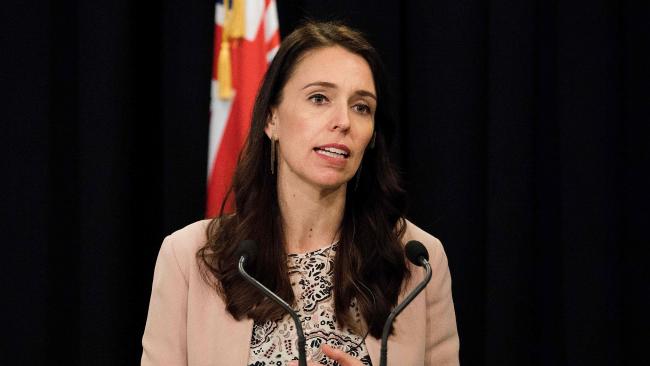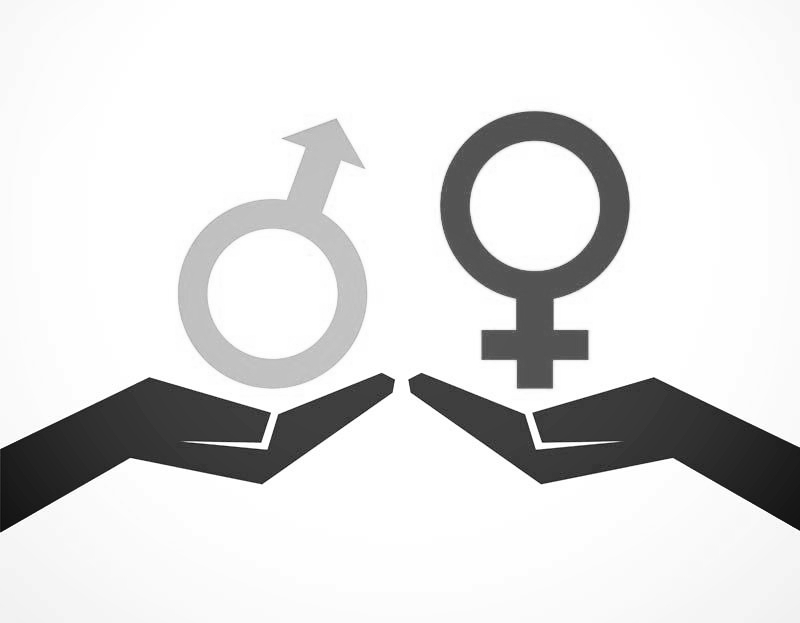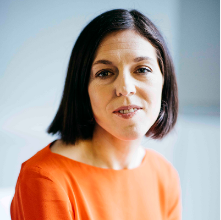By
AMANDA GLANCY
Last week New Zealand Prime Minister Jacinda Ardern sent out a powerful message to advance equality for women, one far more effective than a mile-long red carpet of ‘MeToo’-inspired black gowns.

Despite women being the majority gender globally at 51%, a female prime minister is still the exception. A woman leading a country and having a baby while in office is even rarer.
Ardern’s pregnancy announcement was made even more noteworthy when she confirmed that following a six-week break after giving birth, her male partner, Clarke Gayford, TV presenter and New Zealand’s version of Bear Grylls, would assume the role of full-time carer.
This apportioning of roles and responsibility is another standout part of their modern family story, which does much to set a positive example in breaking down traditional structures. That a successful and by all accounts ‘macho’ man is comfortable stepping into a traditionally female role as principal caregiver will give inspiration and confidence to other men to follow his example.

Importantly, this isn’t about a direct role reversal of men stepping into the home and women stepping out into the workforce—it’s about equality and equality of choice. Working outside the home or deciding to stay in it has to be a choice that mother and father are free to make. Both should feel valued for the contribution they make in either scenario.
What can be done in Ireland?
Here in Ireland, we are still waiting for our politicians to step up. We need them to introduce more progressive, pro-family policies to facilitate equality of choice. Provision for extended paternity leave or shared maternity leave are just two examples that could help this process.

As Ireland this year marks the 100th anniversary of giving the vote to women, it’s timely that we reflect on the extent of progress made since then. In short, the answer is ‘not enough’. Women still only make up 22% of our TDs and we have yet to elect a female taoiseach.
New Zealand’s own history of promoting women is possibly one of the reasons why it’s not surprising that it is now the country with a young, female, pregnant prime minister. It was the first self-governing country in the world to give the vote to women in 1893, and since then it has had three female leaders, the first elected 21 years ago in 1997.
That’s exactly why Arden’s announcement is so important: she proves that women of child-bearing age can rise to the highest positions and that motherhood is not a barrier.
AMANDA GLANCY
Amanda is Head of Policy and Healthcare Strategy at PR360. She develops comms plans that are underpinned by strategic and policy considerations and achieve meaningful change. Her greatest strength is her ability to speed read, honed by many years of scanning newspapers for client coverage.

